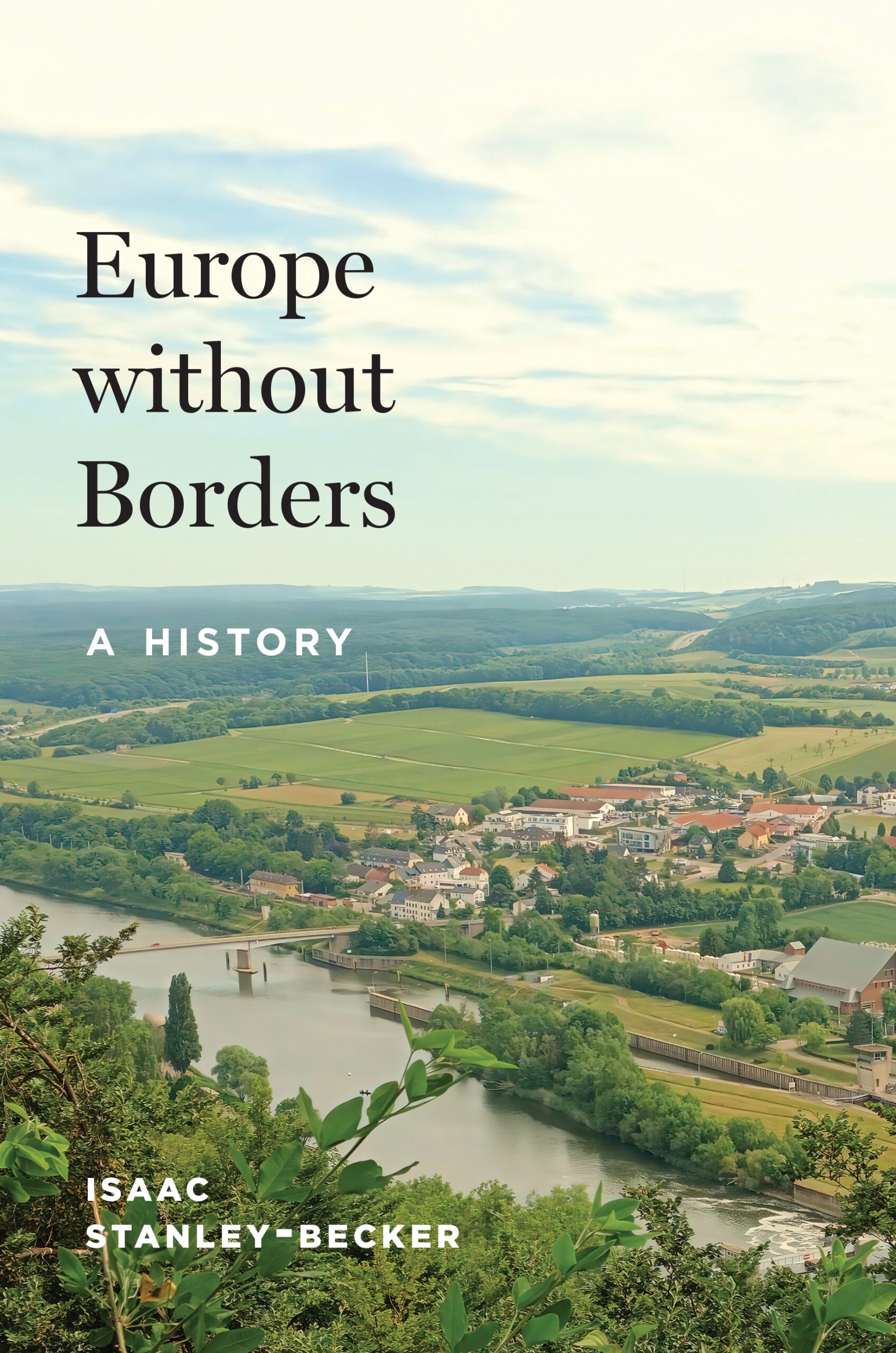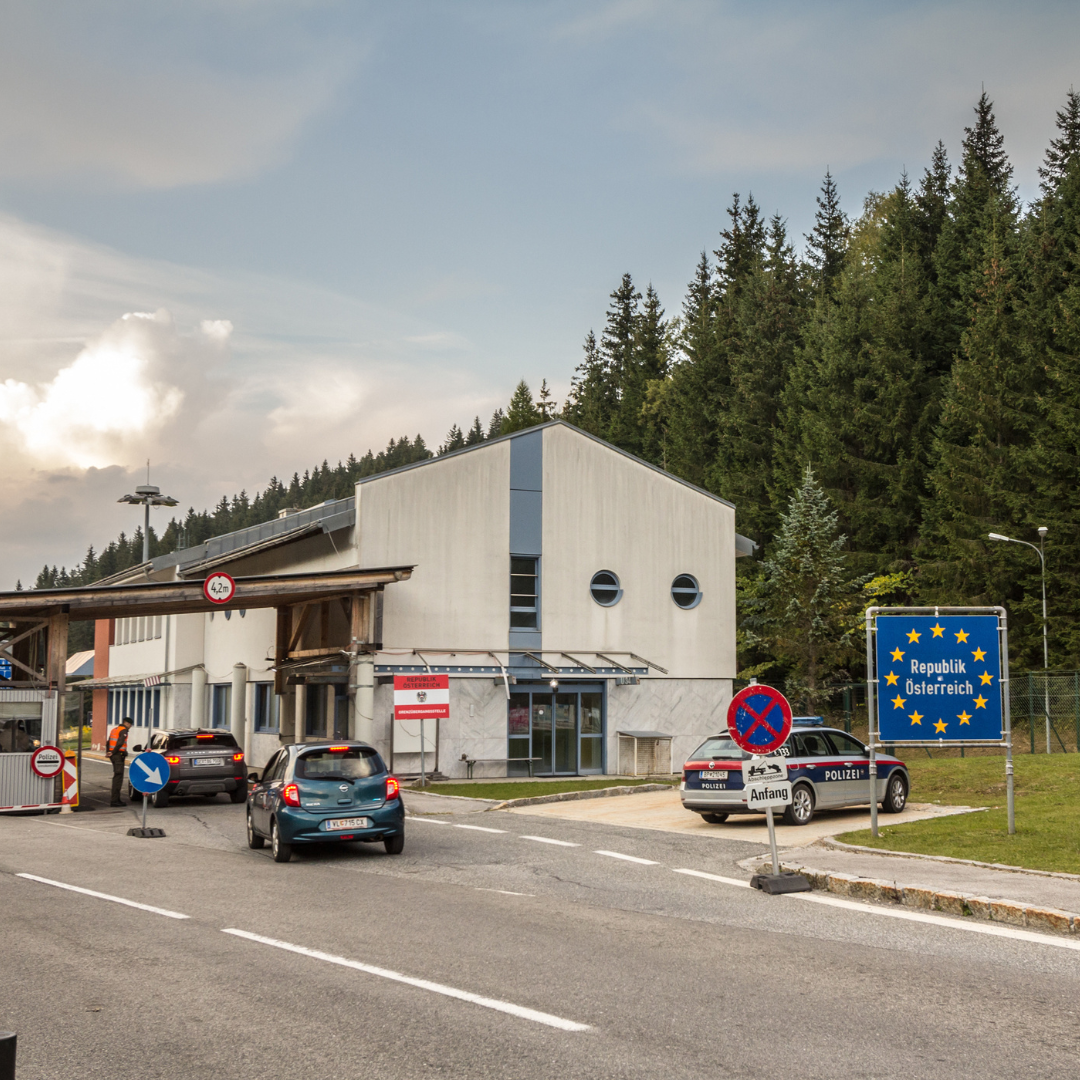The promise of free movement

Published by: Princeton University Press

Publishing a book titled Europe without borders in 2025 can seem ironic to some extent given that in the summer of that year, 12 of the 29 states participating in the Schengen were controlling movement across their borders, drastically limiting the free movement of people across the continent. But, on further inspection, Isaac Stanley-Becker’s work analyzing the origins and early development of Schengen provides a crucial element for understanding this “system of dualisms – of freedom and security, unity and exclusion, and cosmopolitan exchange and national autonomy.” (p. 105) While the fact that he does not discuss the respective academic discourse or cross-disciplinary theories of migration and European integration in detail might lead to the conclusion that the academic community is not the book’s intended audience, Stanley-Becker’s engagement with the plethora of published and unpublished sources from different national and European archives is a valuable resource for researchers investigating migration in Europe.
Schengen as a treaty network, as a place, and as a symbol lies at the core of Stanley-Becker’s book. In his investigation, he engages with a multitude of perspectives and actors, producing a narrative which includes different venues, ranging from European courtrooms to lorry drivers’ protests and from international negotiating tables to churches occupied by undocumented migrants. In combination with a chronological overview of the development of the Schengen system, he centers on one perspective in each of his chapters, thereby creating a structure which is easy to follow while also continuously introducing new actors and conflicts. He starts with a general history of free movement in relation to European integration and co-operation and the paradigms at the core of border-crossing within the European Community, exemplified by a specific court case (ch. 1). This is followed by an examination of the diplomatic precursors of the 1985 treaty (ch. 2), the influence of the changed global political circumstances surrounding the 1990 Schengen implementation convention (ch. 3), and the ratification process in the national parliaments, connecting the Schengen debates to the changes to constitutional law in France and Germany (ch. 4). The discussion continues with the configuration of security measures introduced by the Schengen agreements, with a focus on trans- and supranational policing and its technical implementation (ch. 5) and the protests of the sans-papiers as the people directly targeted by the restrictionist elements inherent in the Schengen treaties (ch. 6), before ending with a reflection on the legacy and remembrance of Schengen in the 21st century.
Stanley-Becker traces the idea of free movement of people as an element of European co-operation and integration back to the 19th century before it was subsumed under the “market paradigm” (p. 10) of the Treaty of Rome which limited free movement to economic actors. Inspired by the notion of a “Citizens’ Europe”, the 1985 Schengen treaty successfully challenged this paradigm, envisioning free movement for everyone, irrespective of economic activity. This longue durée view on European integration history through the lens of free movement is quite thought-provoking, but unfortunately, a more detailed contextualization of the Schengen agreement within this wider history is not within the scope of the book.
By intensifying the movement of data across borders, governments and police forces were able to restrict the movement of persons across them.
While the shift away from the “market paradigm” was framed as a democratization of free movement, Stanley-Becker points out that the freedom of movement was limited – right from this juncture – to European citizens and was, furthermore, the starting point for increased surveillance performed by police forces. It is this simultaneity of expanding rights while excluding specific groups and of freedom of movement under the aegis of surveillance which characterizes the ambivalence of Schengen. This ambivalence runs throughout the whole of Stanley-Becker’s investigation in various forms. It extends beyond the movement of people in itself but can also be identified in the relationship between Schengen and the European Community/European Union as well as the question of whether Schengen diminished or strengthened state sovereignty.
In addition to Schengen’s ambivalence, Stanley-Becker also highlights the role it played as a “laboratory” (p. 8) for various actors and innovations. This of course included free movement itself, but also developments not directly connected to the treaties signed on the Moselle River, such as the emergence of cross-border police co-operation, based on the shared access to digital data, which the author describes as “a transnational panopticon of the information age” (p. 166): By intensifying the movement of data across borders, governments and police forces were able to restrict the movement of persons across them. Schengen also served as a laboratory for those who opposed its exclusionary aspects. The sans-papier protests in Paris in the second half of the 1990s inspired anti-restrictionist protests to this day (p. 259). Stanley-Becker’s portrayal of the movement and two of its leaders, Madjiguène Cissé and Ababacar Diop, allows his book to go beyond the borders of a political and legal history of Schengen. While he describes the protest movement as a transnational one, the authors focus remains largely on France and the reader is missing a more detailed illustration of these transnational connections and interactions.
Stanley-Becker ends his book at a point which might seem familiar to us today: the crisis of Schengen, citing the refugee movements in the mid-2010s and the global Covid pandemic, both of which saw the re-introduction of border controls, just as we can observe today, making clear that the Schengen system as well as its history are not set in stone, but constantly negotiated by various actors.
The narrative Isaac Stanley-Becker produces in his book highlights the ambivalence of Schengen, countering oversimplified success stories. Its character as a laboratory furthermore helps to contextualise within contemporary developments and simultaneously showcases its influence on them. However, the emphasis on Schengen makes for a more limited scope of the work than the title might suggest. While there are notions of other attempts to remove border controls and ease the crossing to different states in Europe, the strong focus on Schengen and the initially participating states does not allow for a deeper analysis of these. Examining alternatives in addition to the interactions between the Schengen system and states not initially part of it in more detail would have been a welcome expansion and could have challenged Schengen’s centrality. Nevertheless, Europe without Borders remains a well-researched and extremely timely work on the duality of privilege and exclusion at the core of the Schengen system.
Eike Klages is a PhD researcher at the History Department of the European University Institute (EUI) in Florence. His research focusses on the interaction between national and European refugee and asylum policies in the last quarter of the 20th century. Before joining the EUI, he worked as a research assistant at the Heinrich-Heine University in Düsseldorf where he taught different courses on refugee history.
